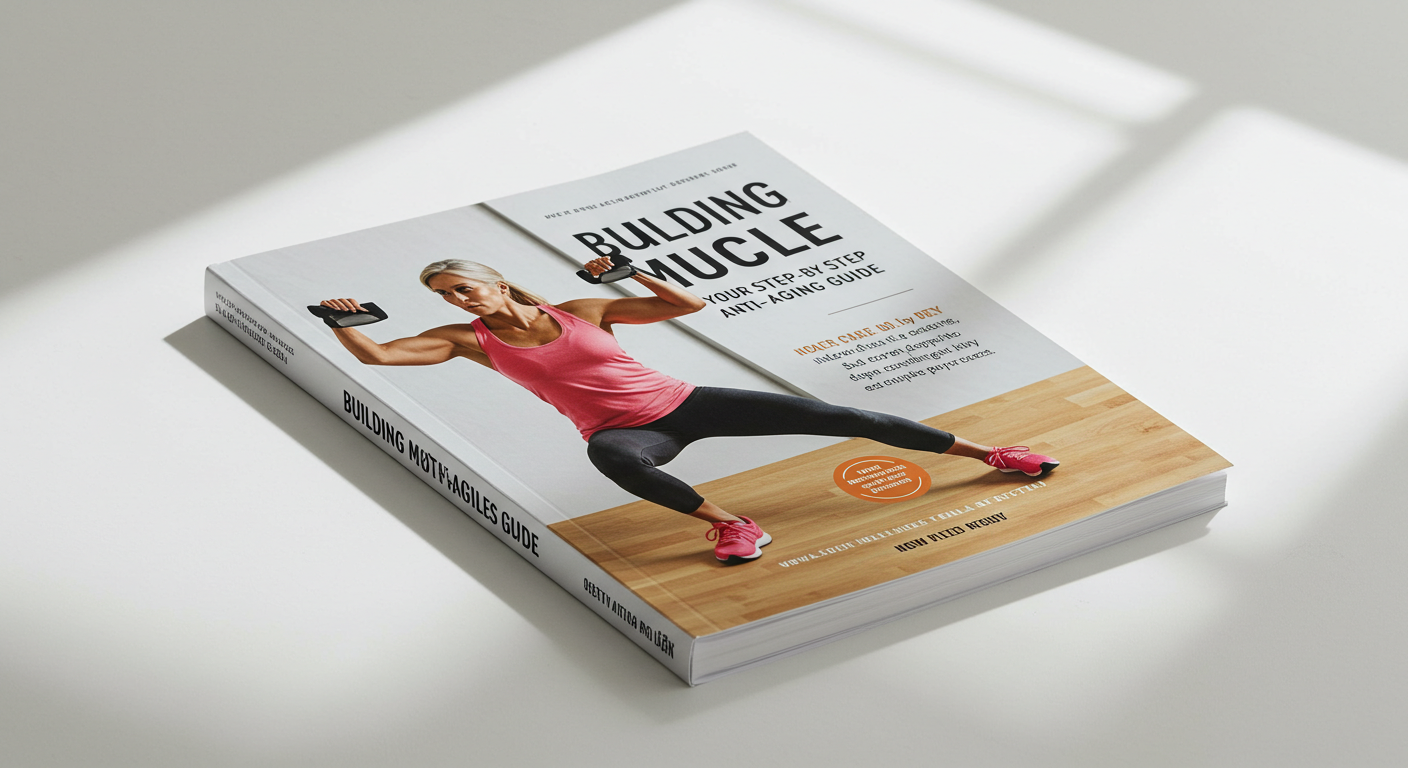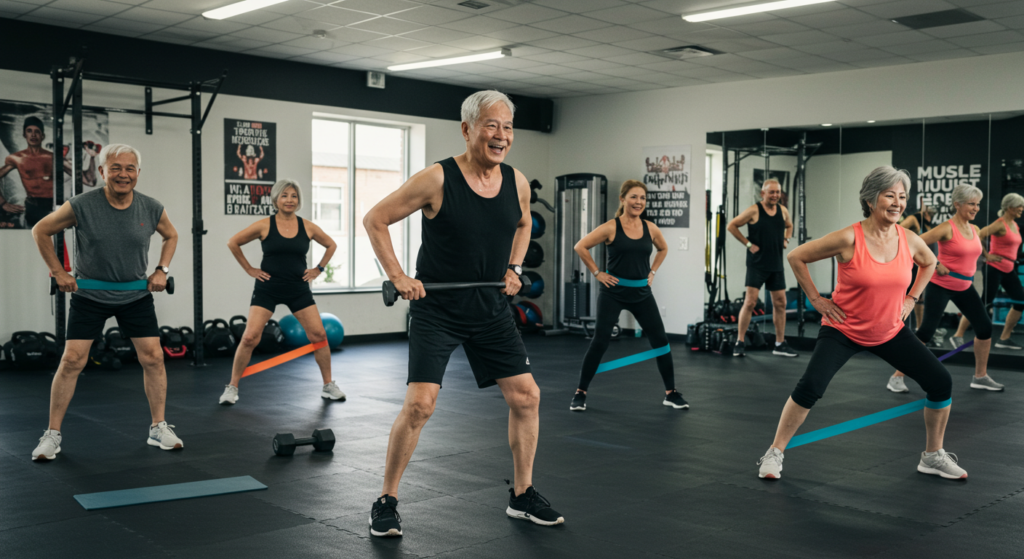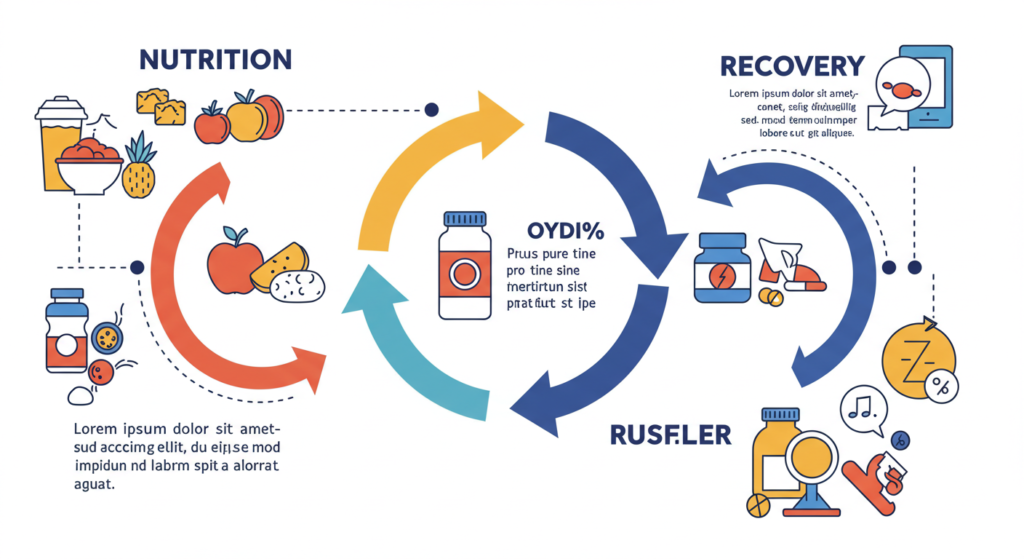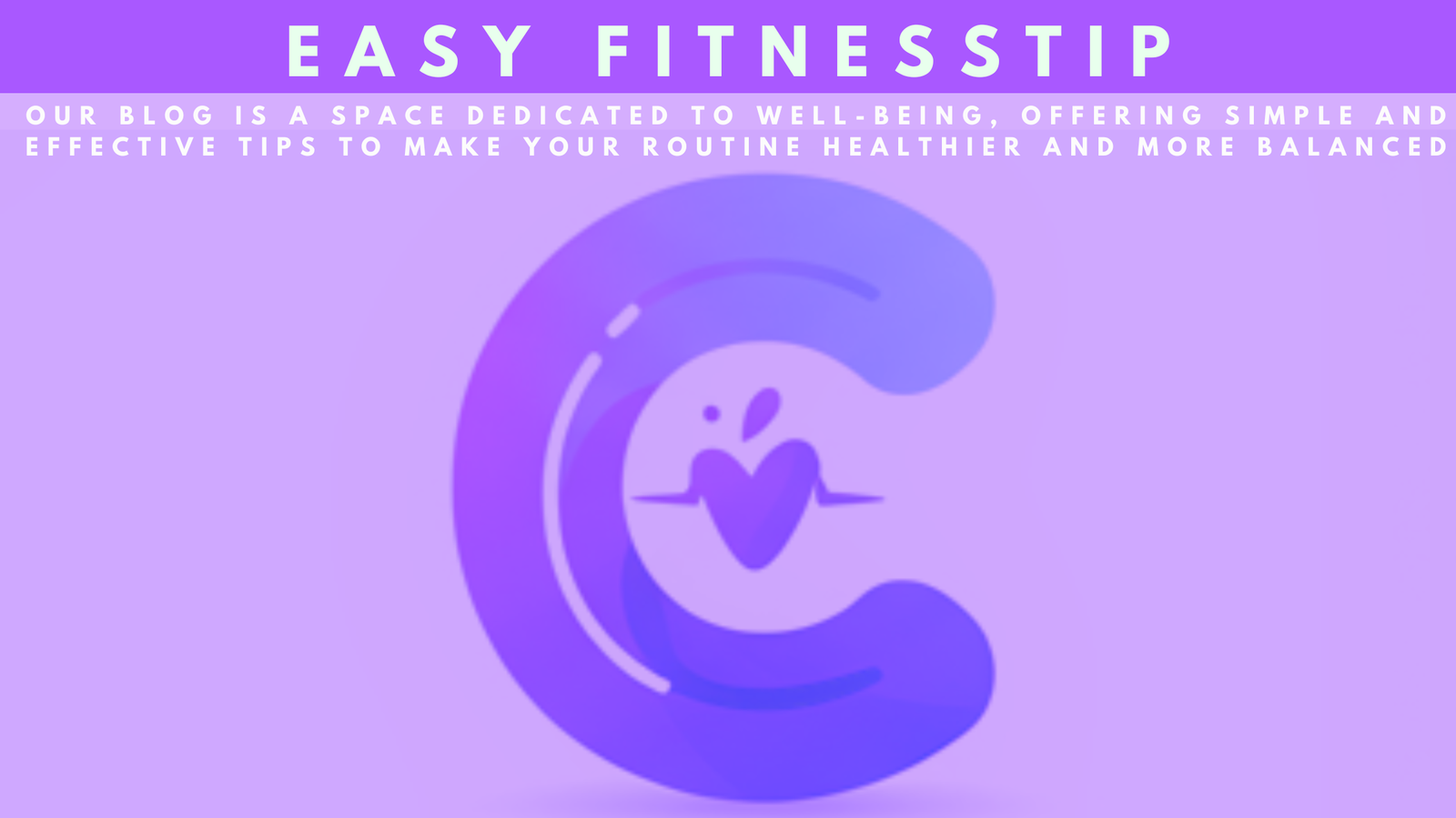
Aging is inevitable, but the decline in vitality and physical function doesn’t have to be. Recent research shows that muscle building isn’t just a means to improve aesthetics—it’s a scientifically proven strategy to combat the natural aging process. In this comprehensive guide, we will explore how increasing muscle mass through resistance training can reverse or slow down many of the signs of aging, improve your overall health, and enhance your quality of life. Whether you’re a seasoned athlete or someone just beginning your fitness journey, this article will provide practical advice, scientific insights, and actionable steps to help you harness the power of muscle for a youthful future.
The Aging Process and Its Challenges
Aging brings about a series of physiological changes that impact our body’s function, appearance, and overall energy levels. Many of these changes are interconnected, and understanding them is the first step toward fighting back.
Physiological Changes: From Muscle Loss to Metabolic Decline
As we age, one of the most noticeable changes is the gradual loss of muscle mass and strength, a condition known as sarcopenia. Sarcopenia is not merely about reduced muscle size—it affects metabolism, balance, and even the immune system. Muscle is a metabolically active tissue, meaning that it plays a significant role in maintaining your basal metabolic rate. When muscle mass decreases, your metabolism can slow down, contributing to weight gain and other metabolic disorders.
In addition to the loss of muscle mass, aging also brings hormonal imbalances that affect muscle repair and growth. Lower levels of anabolic hormones such as testosterone, growth hormone, and insulin-like growth factor (IGF-1) make it more challenging to build and maintain muscle. This decline contributes to decreased bone density, increased body fat, and diminished energy levels—all common markers of aging. Studies published on PubMed and findings from the American College of Sports Medicine have shown that resistance training can help counteract these changes by stimulating hormone production and enhancing muscle protein synthesis .
Common Misconceptions About Aging
There are many misconceptions surrounding aging, particularly when it comes to physical fitness and exercise. One of the most pervasive myths is that once you reach a certain age, your body is destined to weaken and deteriorate. However, research shows that even older adults can make significant improvements in strength, balance, and overall fitness through properly designed exercise programs.
Another myth is that strenuous exercise may be harmful or dangerous for older individuals. In reality, when performed correctly, resistance training is not only safe but also highly beneficial for maintaining muscle mass and overall health. Medical professionals and organizations such as the National Institute on Aging (NIA) emphasize that exercise is a cornerstone of healthy aging, regardless of your starting point .
By debunking these misconceptions, we open the door to a world where muscle building is viewed not as a luxury but as an essential, natural anti-aging strategy that everyone can benefit from.

How Muscle Growth Fights the Signs of Aging
The link between muscle building and anti-aging is multifaceted. It isn’t just about looking good; it’s about fundamentally improving your body’s internal environment to promote longevity and overall well-being.
The Role of Protein Synthesis and Hormonal Balance
Muscle growth is driven by the process of muscle protein synthesis, where the body repairs and builds new muscle fibers. Resistance training triggers this process, which is essential for muscle repair, recovery, and growth. When you engage in regular strength training, you encourage your body to produce proteins that replace old, damaged cells with new, stronger ones.
Moreover, exercise stimulates the release of anabolic hormones such as testosterone and growth hormone. These hormones are not only critical for muscle development but also for maintaining bone density, supporting metabolic health, and reducing inflammation. Research indicates that these hormonal changes can slow down many age-related processes, making muscle growth a key component in the fight against aging .
In addition, the increase in muscle mass contributes to better insulin sensitivity and a more efficient metabolism. This improved metabolic rate can help in reducing fat accumulation, lowering the risk of type 2 diabetes, and promoting overall energy levels—further underscoring the anti-aging benefits of muscle building.
Scientific Studies That Prove the Benefits
A growing body of scientific literature supports the idea that muscle building can effectively combat many signs of aging. For instance, a study published in the Journal of Aging and Physical Activity demonstrated that older adults who engaged in regular resistance training experienced significant improvements in muscle mass, strength, and functional independence . Other research has highlighted the impact of muscle maintenance on reducing the risk of chronic diseases such as cardiovascular disease, diabetes, and osteoporosis.
Additionally, findings from various studies suggest that muscle building can contribute to increased longevity. By enhancing overall physical performance, reducing the risk of falls and injuries, and promoting a healthier metabolic profile, muscle building stands as a potent, natural remedy for many of the ailments associated with aging.
It is this robust body of research that has propelled resistance training into the spotlight as one of the most effective non-pharmacological interventions for healthy aging.
Building Muscle: Your Step-by-Step Anti-Aging Guide
For many, the idea of incorporating strength training into daily life may seem daunting. However, with a structured plan and the right mindset, anyone can start building muscle to reclaim youth and vitality. This section provides a practical, step-by-step guide to help you get started on your anti-aging journey through muscle building.
Essential Exercises and Training Routines
A successful strength training routine should include a mix of compound and isolation exercises that target all major muscle groups. Compound exercises such as squats, deadlifts, bench presses, and rows engage multiple muscles at once, leading to more efficient workouts and greater hormonal benefits. Isolation exercises, such as bicep curls and tricep extensions, help fine-tune your physique and correct imbalances.
For beginners, it is important to start with lighter weights and focus on proper form. Gradually increasing the weight and intensity over time will lead to consistent gains without overwhelming your body. A balanced routine might include:
- Monday: Lower Body Focus
- Squats, lunges, leg presses, calf raises
- Wednesday: Upper Body Focus
- Bench presses, rows, shoulder presses, bicep curls, tricep dips
- Friday: Full Body Integration
- Deadlifts, push-ups, pull-ups, core exercises
For older adults or those new to exercise, bodyweight exercises like push-ups, squats, and planks can serve as a starting point. Resistance bands and light dumbbells are also excellent tools for building strength gradually. Remember, consistency is key. Even short, regular workouts can lead to significant improvements over time.
Integrating Resistance Training into Daily Life
One of the biggest challenges for many is finding the time and energy to maintain a consistent training routine. The good news is that resistance training doesn’t have to require long hours in the gym. With proper planning, you can integrate strength training into your daily life even with a busy schedule.
Consider the following tips:
- Schedule Workouts: Treat your training sessions as appointments that cannot be missed. This mindset will help you stay committed.
- Short and Effective Workouts: High-intensity interval training (HIIT) or circuit training can provide the benefits of traditional workouts in a fraction of the time.
- Combine Activities: Try to incorporate muscle-strengthening exercises into other activities. For example, take a brisk walk while carrying light weights or use bodyweight exercises during commercial breaks while watching TV.
- Find a Workout Buddy: Having a friend or partner can provide motivation, accountability, and make the process more enjoyable.
Remember that even modest efforts can have a profound impact on your muscle health and overall aging process. The key is to remain consistent and to gradually challenge yourself.
Complementary Strategies for Maximum Benefits
While muscle building is a cornerstone of anti-aging, it works best when integrated into a broader lifestyle strategy. Combining resistance training with proper nutrition, adequate recovery, and other healthy lifestyle practices can maximize your anti-aging benefits.

Nutrition, Supplements, and Recovery Tips
Diet plays a critical role in muscle maintenance and overall health. To support your strength training efforts, focus on a balanced diet rich in high-quality protein, healthy fats, and complex carbohydrates. Protein is particularly important, as it provides the building blocks for muscle repair and growth. Aim to include lean sources of protein such as chicken, fish, legumes, and low-fat dairy in every meal.
For those looking to optimize muscle growth, certain supplements may also be beneficial. Creatine, for example, has been shown to enhance strength, improve muscle mass, and support energy levels during high-intensity workouts. Omega-3 fatty acids and vitamin D are additional supplements that can support muscle health and reduce inflammation.
Recovery is equally important as the workout itself. Ensure that you’re getting enough sleep—ideally 7 to 9 hours per night—as sleep is when most muscle repair occurs. Additionally, incorporate rest days into your routine to allow your muscles to recover and adapt. Stretching, foam rolling, and even massage therapy can help alleviate muscle soreness and prevent injuries.
Lifestyle Changes That Support Muscle Health
Building muscle isn’t just about what you do in the gym; it’s about creating a lifestyle that supports your overall health and well-being. Stress management is a crucial factor. Chronic stress can lead to elevated levels of cortisol, a hormone that can hinder muscle growth and promote fat accumulation. Practices such as meditation, yoga, and deep breathing exercises can help manage stress levels effectively.
Hydration also plays a significant role in muscle function. Staying well-hydrated helps maintain optimal performance during workouts and aids in muscle recovery. Simple habits like carrying a water bottle throughout the day and setting hydration reminders can make a big difference.
Another essential aspect is social engagement and mental stimulation. Studies have shown that individuals who maintain strong social connections and engage in intellectually stimulating activities tend to age more gracefully. Whether it’s joining a fitness group, participating in community events, or simply spending time with loved ones, these social interactions can positively impact your overall well-being.
By integrating these lifestyle changes, you not only support your muscle-building efforts but also create a holistic approach to aging that nurtures both body and mind.
Conclusion
Aging may be inevitable, but its impact on your body isn’t set in stone. Through the power of muscle building, you have a natural, accessible, and scientifically supported way to fight back against many age-related declines. Regular resistance training enhances muscle protein synthesis, improves hormonal balance, boosts metabolism, and reduces the risk of chronic diseases. Moreover, when combined with proper nutrition, effective recovery strategies, and healthy lifestyle changes, muscle building becomes a comprehensive strategy for turning back time.
Now is the perfect moment to embrace strength training as part of your anti-aging journey. Imagine a future where you’re not only physically stronger but also more energetic, confident, and ready to take on life’s challenges. The benefits of muscle building extend far beyond aesthetics—they touch every aspect of your health and longevity.
Call to Action:
Don’t let time win. Take charge of your aging process today! Join our free webinar on anti-aging through strength training, download our exclusive beginner’s guide, and start experiencing the transformative power of muscle building. Empower yourself with knowledge, build strength, and reclaim your youth—one workout at a time.
References
- National Institute on Aging (NIA). Learn more about the aging process and the benefits of exercise on aging at https://www.nia.nih.gov
- PubMed. Search for peer-reviewed articles on resistance training and anti-aging benefits at https://pubmed.ncbi.nlm.nih.gov
- American College of Sports Medicine (ACSM). For guidelines on exercise and aging, visit https://www.acsm.org
- Journal of Aging and Physical Activity. Explore research on physical activity and aging at https://journals.humankinetics.com/view/journals/japa/japa-overview.xml
- WebMD. For general health and fitness information, see https://www.webmd.com
By incorporating scientifically validated strategies and a holistic approach to healthy living, this article is designed to inspire, educate, and empower you to use muscle building as your most potent anti-aging tool. Start today, and turn back the clock with every rep, every set, and every conscious choice you make for your health and well-being.






